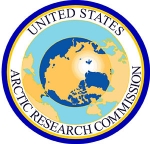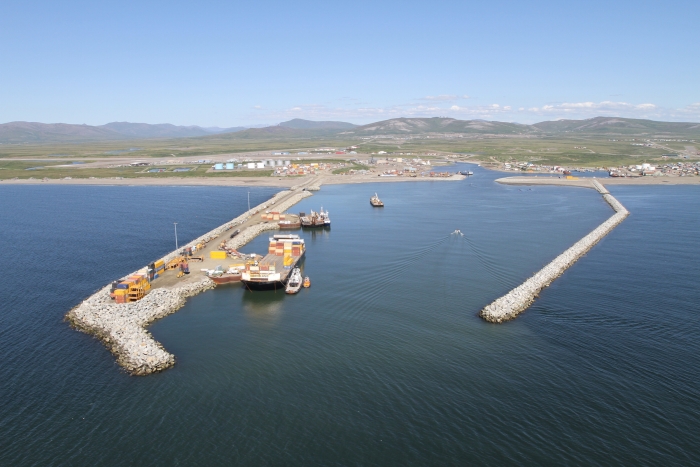By: Cheryl Rosa, Deputy Dirctor, U.S. Arctic Research Commission

On May 21st, the U.S. Arctic Research Commission (USARC) released its newly updated goals report. Under the Arctic Research and Policy Act, the Commission biennially recommends key goals and objectives for the U.S. Arctic Research Program Plan. To prepare this report, the Commission sought input, through public meetings, from scientific researchers, policymakers, the public in Alaska and throughout the United States, and in the growing number of nations with Arctic interests. The Commission also cosponsored meetings, workshops, and studies such as the 2014 National Academies studies, "The Arctic in the Anthropocene" and "Responding to Oil Spills in the US Arctic Marine Environment," to help inform its research goals and policies.

The Commission is an independent federal agency that was established in 1984 by the Arctic Research and Policy Act. The report is published biennially and is available here. The report states that in response to rapid changes in the Arctic, scientific research should be expanded and focused on six major themes.
The six priority research goals are to:
- Observe, Understand, and Predict Arctic Environmental Change
- Improve Arctic Human Health
- Advance Knowledge of Arctic Natural Resources: A Focus on Renewable Energy
- Advance the Arctic "Built Environment"
- Explore Arctic Cultures and Community Resilience
- Enhance International Scientific Cooperation in the Arctic

The report provides examples of research topics affiliated with each of the six goals. These examples serve as illustrations of the broad range of Arctic research areas. Of note, a new goal related to international scientific cooperation has been added to this report. This goal was introduced in response to the research community's need to build synergies between national programs and create efficiencies for the best use of limited resources to address Arctic scientific challenges that often extend beyond the jurisdiction of any one nation.
The Commission's research goals help shape the nation's Arctic Research Plan, the most recent version of which was released by the White House on 19 February 2013 and can be found here. Implementation of this plan, developed by the Interagency Arctic Research Policy Committee (IARPC) under the auspices of the National Science and Technology Council, involves 12 teams from 14 federal agencies and nonfederal partners, constituting over 250 individuals. IARPC is currently considering how it will update this research plan.
The Commission's goals report will also inform the work of the Arctic Executive Steering Committee that was created by President Obama's Executive Order 13689, released in January 2015.
Fran Ulmer, who was recently reappointed Chair of the Commission by President Obama, presented Secretary of State John Kerry with the report on 21 May at the Department of State reception in celebration of the U.S. Chairmanship of the Arctic Council. Last July, Kerry named Ulmer "Special Advisor on Arctic Science and Policy." Ulmer said, "Dramatic changes in the Arctic environment and the pace of resource development combine to make it very important that public and private decision makers have access to relevant research, including timely and comprehensive information and a more thorough understanding of Arctic ecosystems, resources, and infrastructure challenges. The Commission strives to be an effective link between the people who do the research and those who need the results."

USARC's mission is to develop and recommend U.S. Arctic research policy to the President and to Congress, and to build cooperative links in Arctic research within the federal government, with Arctic residents, the State of Alaska, researchers, and international partners.
For more information, visit the USARC website and subscribe to our daily electronic newsletter, the "Arctic Update," which provides useful information about recent events, conferences, research initiatives, and news.
